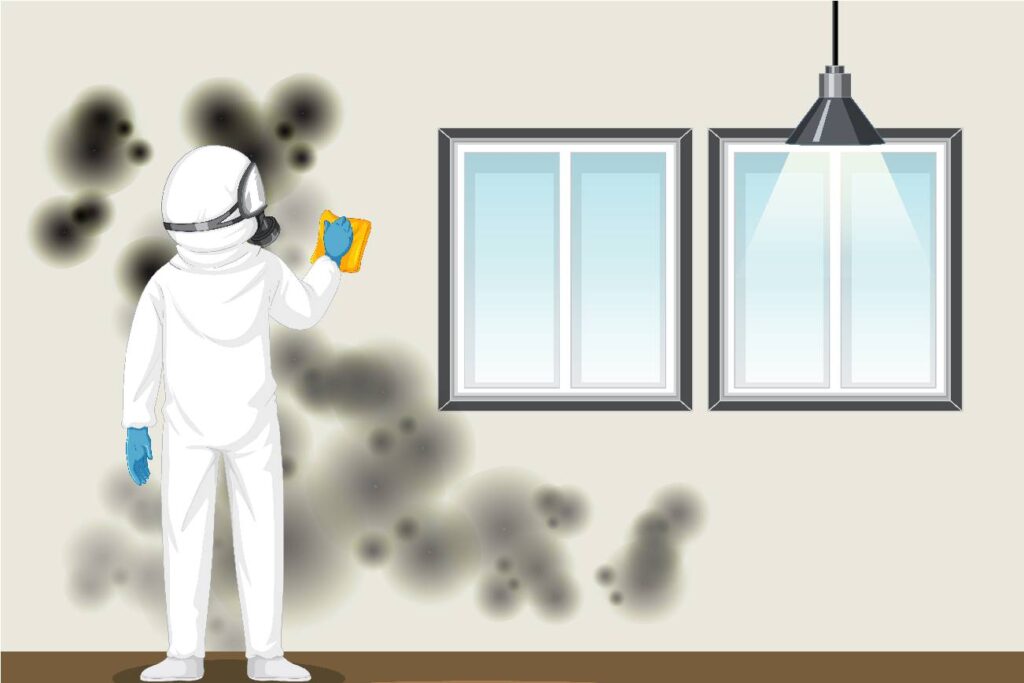High humidity levels in enclosed spaces lead to various structural and health issues. Signs such as mold stains, unpleasant odors, and condensation on windows are clear indicators of this problem.
What Causes Mold and Condensation?
High humidity causes condensation on wall surfaces and windows. This is especially common in poorly ventilated areas. Bathrooms, kitchens, swimming pools, and basements are the most prone to moisture buildup.
Effective Dehumidification Solutions
Dehumidifiers
Portable and centralized dehumidifiers quickly remove excess moisture from indoor air. They prevent mold growth and condensation.
Humidity Control with Air Handling Units
Heat recovery air handling units reduce humidity while ensuring balanced ventilation. These systems are widely used in pools and industrial environments.
Desiccant Dehumidification Systems
Desiccant systems reduce high humidity levels even at low temperatures. They are ideal for archives, museums, and pharmaceutical production facilities.
Regular Ventilation
Opening windows or using ventilation systems to refresh indoor air prevents moisture buildup.
Why Is Humidity Control Essential?
Excess humidity shortens the lifespan of buildings and increases health risks. To prevent problems like mold, allergies, and asthma, indoor humidity should be maintained between 40-60%. This balance can be achieved with proper systems.
To tackle mold and condensation problems, humidity control should not be neglected. With the right devices and systems, you can improve the quality of living spaces and protect building health.
Keywords
mold problem, condensation issue, dehumidifier, humidity control with air handling units, desiccant dehumidification system, high humidity damage, humidity control solutions, indoor mold formation, window fogging, pool dehumidification systems
